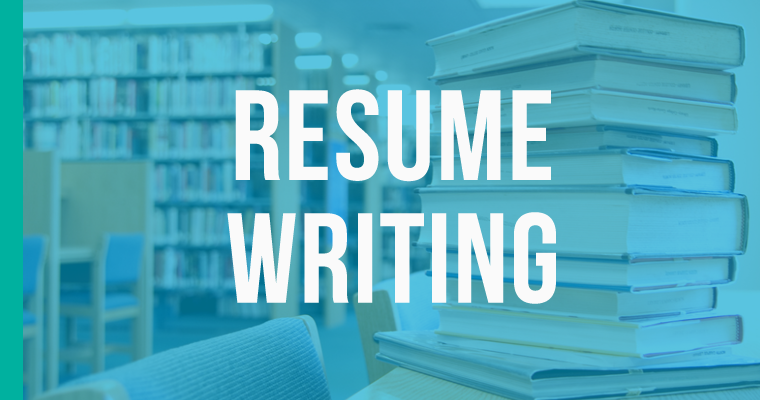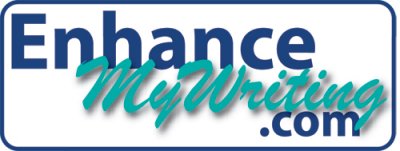
A resume is the summary of your career and your achievements as a person. It is the page upon which you inscribe the essentials of your professional character so that, at a glance, they get a sense of what you are and what you’ve done.
Ask yourself this question: Do you want to present yourself in a way that easily, clearly, and accurately conveys who you are? Or do you want some something that achieves none of these things?
If you answered right, then read below to find out the ABCs of resume writing.
Resume Types
Resumes come in three main varieties. Here are the common ways to organize your resume and how they differ from one another.
Reverse chronological: This is something of the standard way of listing your achievements and positions on your resume. Starting from the most recent, you list all relevant information based on the years in question. Sometimes, the list of positions and achievements will need to be trimmed if your career is long enough.
Functional: Here you list your achievements and positions not in terms of date, but in terms of importance, and specifically in terms of skills rather than just positions. You will emphasize what you’ve done based on what you think best displays what you can do and the position you are trying to secure.
Combination: As you might guess, this combines the best of the reverse chronological and functional resume types. Basically, you try to emphasize not only your work experience OR skill set, but both, and better yet, through showing how your skills have developed and helped your success in the specific roles you’ve filled.
General Tips
Unless you’re trying to secure a position as a Fortune 500 CEO, your resume should be no longer than a single page. A resume is about information at a glance. It is probably reasonable to expect that a resume reader, who is reading through hundreds for a given job, is ever likely to even glance at a second page.
If you can’t fit it on one page, then why was it important in the first place?
Nevertheless, you might think: I have too many things to talk about for just one resume. The answer then is simple: don’t have just one, have several. Each one tailored to a different type of position you might need.
If you really are such a jack-of-all-trades that you have this extensive list of skills and achievements that can’t be crammed into one page, then making different resumes to show off different sides of you makes perfect sense. There is no reason that every job should receive the same resume.
Conversely, it is also the case that not every job DOES require a different resume. This all depends on who you are and what you’re doing.
What to Include
All resumes will need the following sections, though the type of resume will determine what importance to place on each.
Contact details: Your name, your address, your e-mail, relevant phone numbers, and perhaps social media accounts (if and only if the social media pertains to your public persona). It goes without saying that they need to know how to reach you and know who you are. This should be the first thing on any resume.
Opening statement: The opening statement will either communicate a summary of your career (“Award winning author with a #1 best seller in crime fiction”), OR speak to your reason for seeking the job (“Obtain a teaching position where I can foster the growth of a new generation of nurses for the mentally disabled”), OR sell what you can do for your would-be employer (“Will maximize efficient outreach through pound-the-pavement ad campaign strategies, pop-up stores, and high-profile event planning”).
Which one of these strategies you take is up to you, and it depends entirely on the job in question.
The third choice can be especially powerful because it focuses on their gain rather than your need, whereas the first is great if you have substantial achievements that make you immediately attractive.
Employment history: All major jobs that you’ve held, detailing the broad strokes of your duties in each role. These should be listed reverse chronologically.
General skills and strengths: The relevant skills you’ve accrued in your professional life. Emphasize those that are applicable to any position you might wish to apply for, and specifically the one that you are.
Technical Skills: Computer, language, and other specialty skills go here.
Education: If you have a college degree, it is imperative that you include the school and the degree awarded. Add a GPA if it is worth bragging about, and any and all distinctions and honors.
Occasionally, you’ll also want to include a list of references. Some positions will specifically request this information be included. Many will not. More often than not, directing the reader to references will be made in your cover letter.
What Not to Include
There is no reason to ever include your age on your resume. If you’re young, you look inexperienced; if you’re old, you might face age-discrimination. Though they will obviously be able to infer your general age from your employment history, it is not a good idea to explicitly offer up your age.
Likewise, some states have strict laws in respect to gender and racial discrimination. As such, it may be wise to avoid explicit reference to your gender and racial background. Nevertheless, there can be advantages when the position is especially open to people of different backgrounds. Example: someone doing outreach for Bangladeshi immigrant community may want to emphasize cultural affinity, if not explicitly, then at least obliquely.
Sexual orientation, religion, and political viewpoints are almost inevitably a terrible thing to include on your resume unless your job is somehow includes any of these categories, i.e., a chaplain position at a hospital, or a job on a political campaign.
There is no reason to include any personal information about your health or disabilities, either. It is illegal to be discriminated against for any disability that would not materially hamper your ability to do a job, and so mentioning any of this has no purpose at all.
Summary
A good resume can make or break your chances to get that dream job you’ve always wanted. What we’ve learned is the basics of how to craft a resume to meet your needs. So keep in mind the type of resume that you want to write, the general tips for making it effective, what to include, and what not to include.
Resume writing may not be easy, but following these steps can vastly improve any resume. Keep them in mind and you will no doubt greatly add to your chances.
